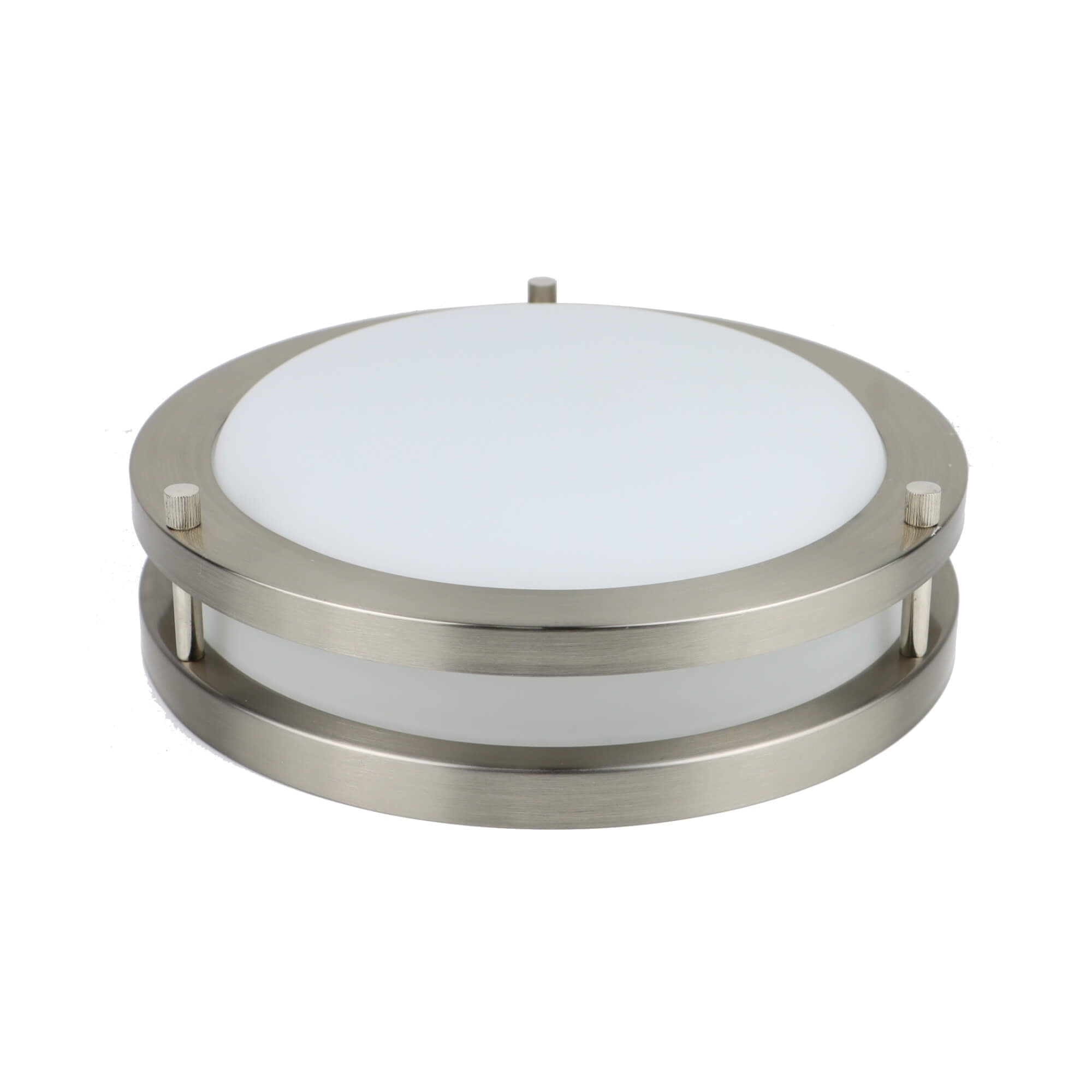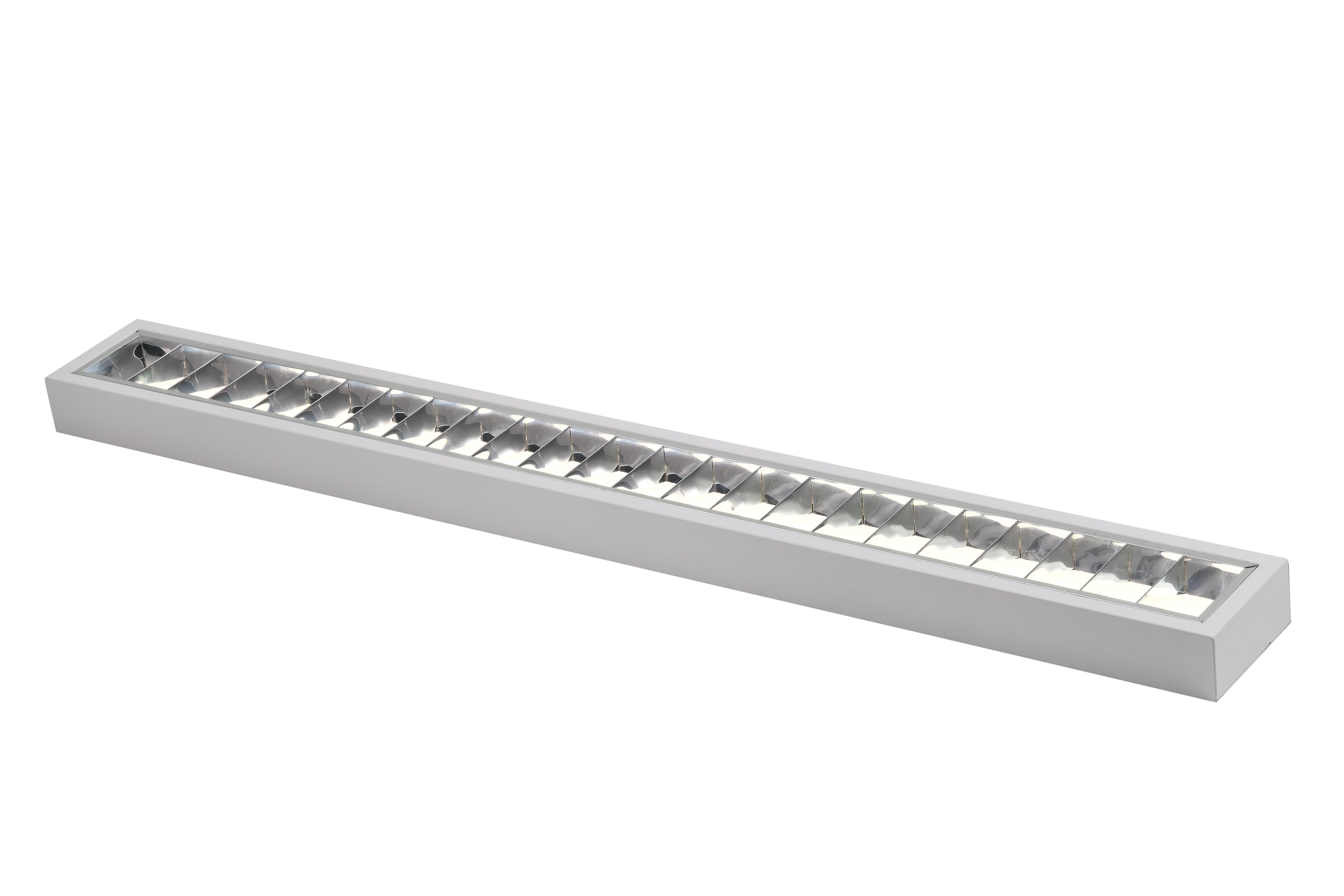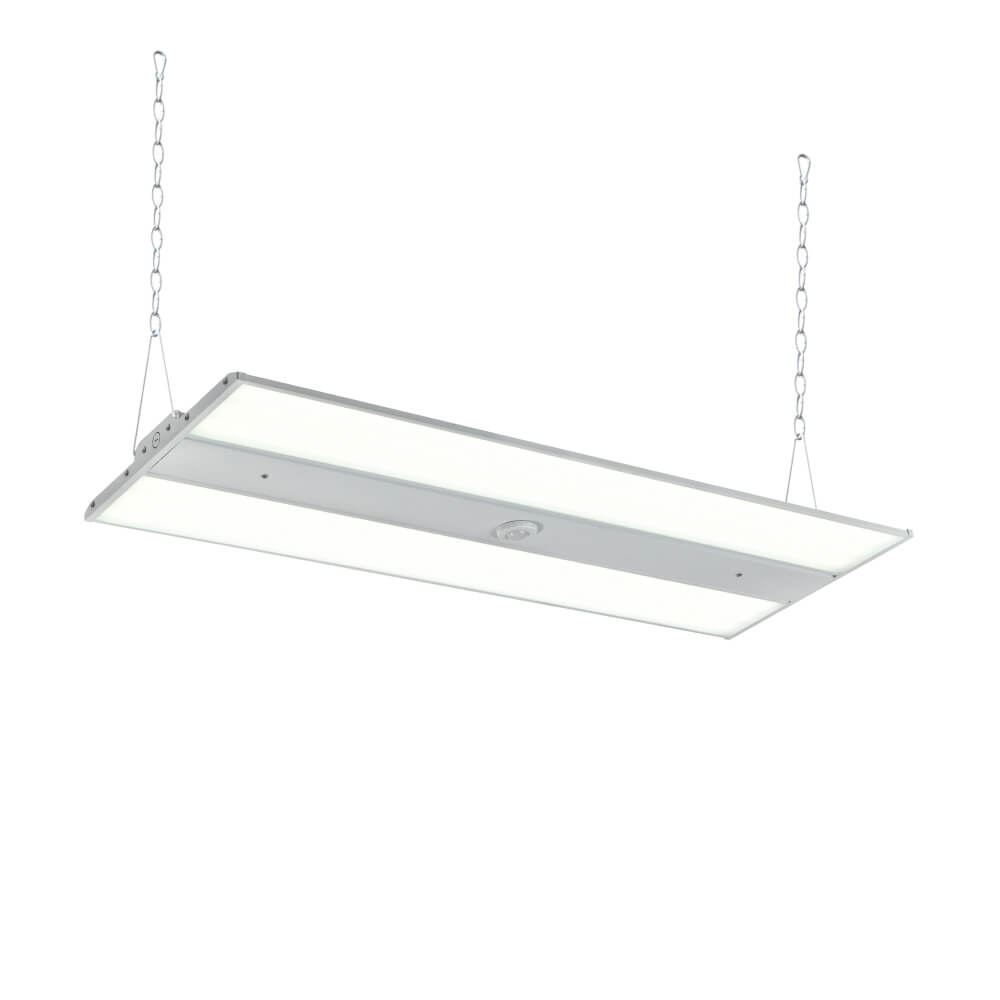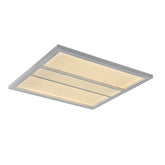Evolution of Pendant Lights in Interior Design
Lighting is vital in interior design, going beyond mere functionality and becoming an aesthetic statement. Among various lighting fixtures, pendant lights have carved out a significant niche, serving as key elements in modern decor. This blog delves into the fascinating evolution of pendant lights, explores their current prominence in design trends, and provides handy tips for choosing the perfect pendant lights for different spaces.

The Birth and Evolution Story of Pendant Lighting
Pendant lights, as we know them today, are sophisticated fixtures that fuse functionality with aesthetic appeal. But how did this evolution occur?
Pendant lights trace their origins back to antiquity when rudimentary hanging lamps were used to hold candles or oil lamps. They served a purely functional purpose, providing necessary illumination in homes, churches, and public places.
As time progressed, so did technology and taste. In the late 19th and early 20th centuries, pendant lights began to evolve from basic utility items into decorative pieces. With the advent of electricity, designers had more freedom to experiment with form and materials, leading to the birth of diverse styles ranging from Art Deco to Mid-century Modern designs.
Each major design period left its imprint on pendant lighting. For example, the opulence of the Victorian era was reflected in ornate, intricate designs, while the minimalist Bauhaus movement inspired cleaner lines and functional forms. These historical influences contribute to the rich repertoire of pendant light designs available today.
How Pendant Lights Affect the Space Dynamics
Lighting can dramatically transform how a space is perceived. With their unique placement and potential for design variety, pendant lights are particularly effective in influencing room dynamics.
- Defining Areas: In open floor plans, pendant lights can help delineate different zones without the need for physical barriers. For example, hanging a series of pendants over a kitchen counter can subtly separate the cooking area from the adjacent living space.
- Adjusting Scale and Proportion: The size and number of pendant lights can influence the perception of scale within a room. Large statement pendants can make a vast room feel cozier, while smaller pendants can add to a sense of spaciousness when hung high in a smaller room.
- Modifying Ambiance: The style, material, and color of pendant lighting can alter the mood of a space. Warm metals like copper or brass can add warmth, whereas glass or steel can give a cooler, more modern vibe. The choice of light bulb (warm vs. cool light) also plays a crucial role in setting the ambiance.
- Altering Perception of Height: Pendant lights can change how we perceive the height of a ceiling. Hanging them lower in rooms with high ceilings can make the space feel more intimate, while raising them higher in a room with a low ceiling can draw the eye upward and make the area feel larger.
- Enhancing Texture and Color: Light cast through pendants with colored glass or intricate designs can project patterns, adding texture and dynamic visuals to a room. This can be used strategically to create interest and movement in the space.
What are the Trends in Pendant Lighting Interior Design?
Today, pendant lights enjoy renewed popularity, courtesy of their versatility and the ongoing trend towards customizable and statement-making lighting solutions. Current design trends lean towards individual expression, sustainability, and technological integration.
Customization
Many contemporary designs offer customizable options, allowing users to adjust height, angle, and configuration to suit their space. Some manufacturers even offer customizable color finishes to match your specific design palette.
Modular Lighting
Modular pendant systems allow users to add or remove lighting modules to accommodate changing needs or preferences. This flexibility is especially beneficial in commercial spaces, where the layout may change frequently, or in homes where versatility is desired.
Handcrafted Pendants
For those seeking something truly unique, handcrafted pendant lights provide an opportunity. Artisan makers often work with materials like blown glass, hammered metal, or woven fibers, offering distinctive pieces that carry a story.
Sustainable Materials
Designers and manufacturers are increasingly choosing eco-friendly materials like recycled metals, bamboo, and other renewable resources. These materials not only reduce the environmental impact but also add a natural and organic aesthetic to interior spaces.
Integration with Home Automation Systems
Modern pendant lights can be integrated with home automation systems, allowing you to control them via smartphone apps or voice commands. This connectivity not only adds convenience but also enhances home security by allowing you to manage lighting remotely.
Tips for Incorporating Pendant Lights in Various Rooms
Different rooms call for different lighting strategies. Here’s how you can incorporate pendant lights across various spaces with function and style in mind.
Kitchen: Over Islands and Countertops
In the kitchen, pendant lights serve both aesthetic and practical purposes. Hung over an island or countertop, they provide ample light for meal preparation while also acting as a stylish accent.
Dining Room: Centerpieces Above Tables
A pendant light over a dining table becomes an instant centerpiece, setting the scene for meals and gatherings. Whether it’s a Decorative Round Pendants or a Linear Pendant Lamp, it should resonate with the tone and activity of the room.

Living Room: Accentuating Artwork or Furniture Pieces
Modern LED Pendant in the living room can be used to highlight artwork, architectural details, or key furniture pieces. They can draw the eye and create layered lighting effects that enhance the room’s depth and texture.
Bedroom: Bedside Lighting and Statement Pieces
In the bedroom, pendant lights can replace traditional table lamps to free up space on bedside tables while providing directed or soft lighting for reading and relaxation.
Bathroom: Functional yet Stylish Considerations
In bathrooms, the pendant light must balance style with functionality. It should be able to withstand humidity while providing sufficient lighting for tasks like applying makeup or shaving.
Transform Your Space with Unique Pendant Lights
Pendant lighting can transform spaces, enhance ambiance, and reflect personal styles. With countless designs, smart technology integration, and customizable features, pendant lights can create dynamic environments suited to any taste and function. Whether through a handcrafted statement piece that serves as the focal point of a room or subtle ambient fixtures that blend seamlessly into the decor, pendant lights are versatile tools in the art of interior design.







